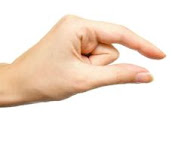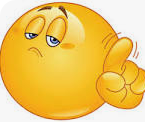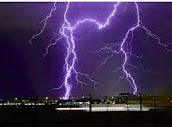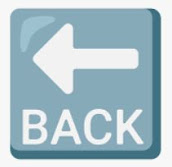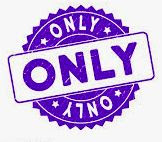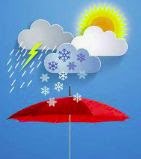[purchase Windows 95 For Dummies, because, why not?]
Remember Windows 95? Probably not, but when it was released, appropriately in 1995, it was a pretty big deal. For the first time, Microsoft merged its Windows and MS-DOS (remember MS-DOS?) products, and made a bunch of technical improvements that I don’t really understand (although being able to use long file names was convenient). But what was great was that, for the most part, I didn’t need to understand them because they were buried behind an improved graphical user interface, which included a taskbar and a better file navigation system.
However, what is most important for our theme, is that Windows 95 marked the introduction of the “Start” button, which allowed a (relatively) quick way to start stuff. The Start button was part of all subsequent Windows releases, in some form, until the powers that be decided to leave it out of the crapfest that was Windows 8. The outcry was such that it was immediately put back, in the slightly improved Windows 8.1, and was included in the much superior Windows 10.
Now, the personal computer world is mostly divided into two camps, Windows and Mac, with a fringe of Linux and other operating system users. But back in 1995, there were other players in the market, particularly IBM’s OS/2, and the success of Windows 95 essentially drove them out of business. Part of that was based on the technology, but most of it was marketing.
Part of the strategy was to create an iconic “Microsoft Sound” to play when the system was booting up. Microsoft execs approached the master of ambient sounds, Brian Eno, to create the startup music. As he said:
The idea came up at the time when I was completely bereft of ideas. I'd been working on my own music for a while and was quite lost, actually. And I really appreciated someone coming along and saying, "Here's a specific problem – solve it."
The thing from the agency said, "We want a piece of music that is inspiring, universal, blah-blah, da-da-da, optimistic, futuristic, sentimental, emotional," this whole list of adjectives, and then at the bottom it said "and it must be 3-1/4 seconds long."
I thought this was so funny and an amazing thought to actually try to make a little piece of music. It's like making a tiny little jewel.
In fact, I made eighty-four pieces. I got completely into this world of tiny, tiny little pieces of music. I was so sensitive to microseconds at the end of this that it really broke a logjam in my own work. Then when I'd finished that and I went back to working with pieces that were like three minutes long, it seemed like oceans of time.
The final version of the sound, as heard in the video above, was actually 6 seconds, and it successfully became ingrained into the psyches of Windows users. Amusingly, Eno wrote the music on a Mac. I admit that hearing it again for the first time brought me back 20 years to an age of smaller, but bulkier, monitors, slower processors, tiny hard drives and floppy discs. But others have used Eno’s snippet as inspiration. Here’s a piano cover version:
And here’s a version slowed down 23 times, so it sounds like something from Music For Airports:
And here is just one of many remixes of the sound:
In addition to commissioning Eno’s genius to create a 6 second sound, the Windows 95 marketing blitz included a 30 minute cheesy faux-sitcom operating guide starring Jennifer Aniston and Matthew Perry of Friends, and a memorable commercial, highlighting the Start button, in which they licensed the Rolling Stones’ “Start Me Up.” At the time, it was reported that the cost to license the song was in excess of $10 million, but that was apparently not true, and was an attempt by the Stones to inflate the licensing value of their catalog.
The Best Cover and Tribute Albums of 2025
23 hours ago






